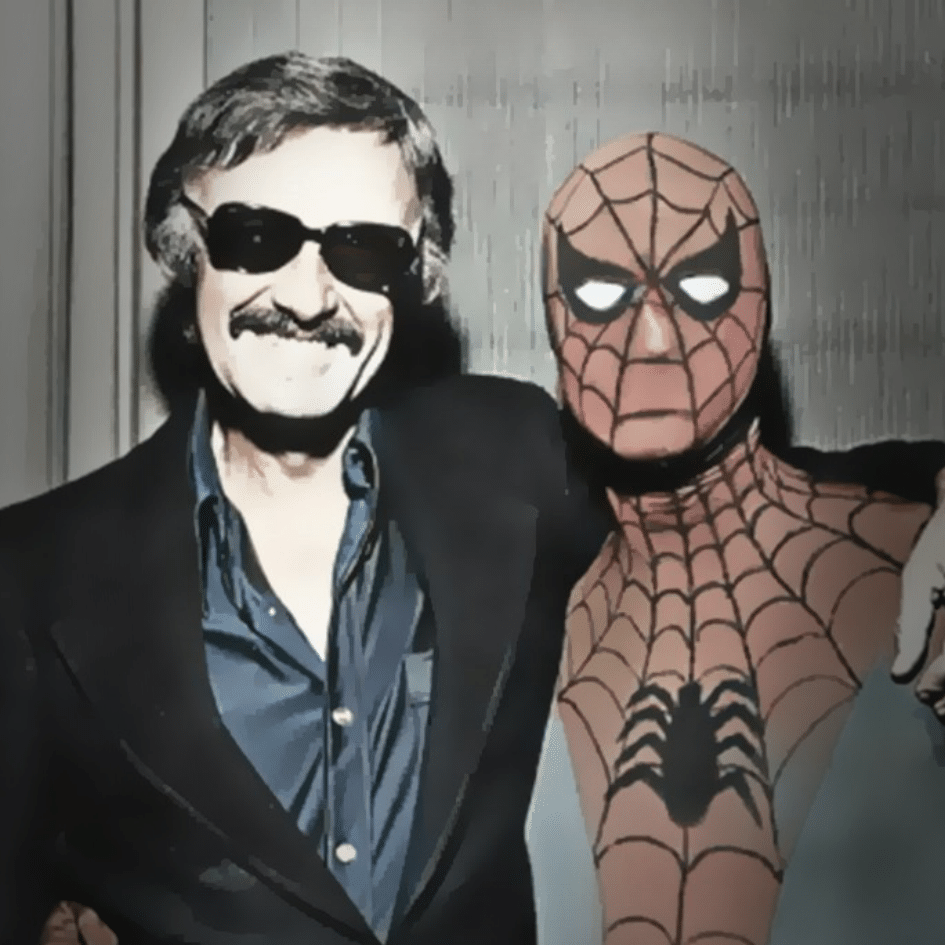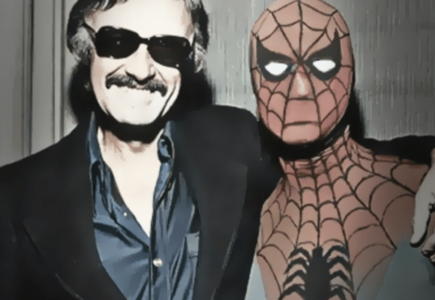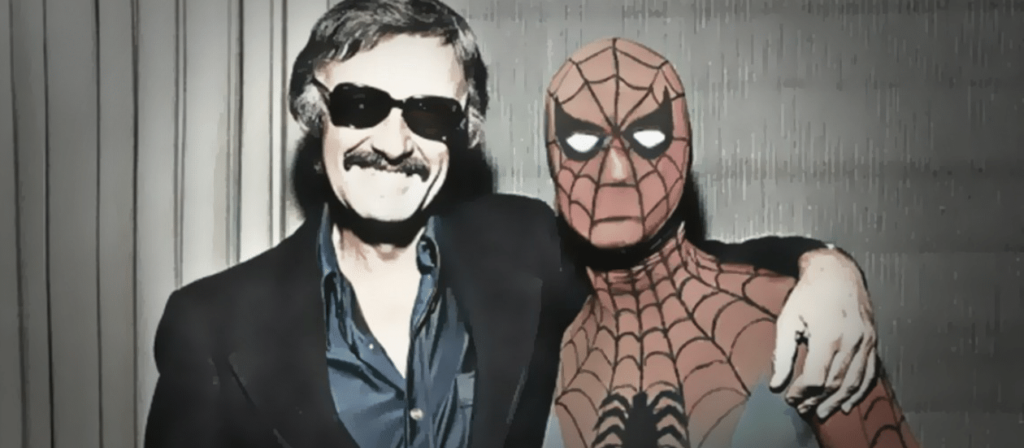
11-06-23 | A mere week from now, Disney+ will celebrate the legacy of Marvel superstar Stan Lee. A brand new feature length documentary, simply called Stan Lee, promises to tell the full story of how little Stanley Lieber became the supreme icon among comic book artists. Knowing Disney, it’s bound to be a fine piece of entertainment. But I’d advise viewers to proceed with caution. Cause Mickey is probably lying to you …
The Disney Company has a policy regarding the depiction of their founder, artist Walt Disney, presenting him as a saintly genius who could do no wrong. Sure, corporations like Disney can’t be expected to present their figureheads as everyday slobs, but the degree to which Disney continues to twist and turn the image of Uncle Walt sixty years after his death is slightly disturbing. The same policy is currently being applied to Stan Lee, who occupies a similar positions in the Marvel marketing machine. I expect this latest documentary to follow this trend. And I’m not sure I like it.
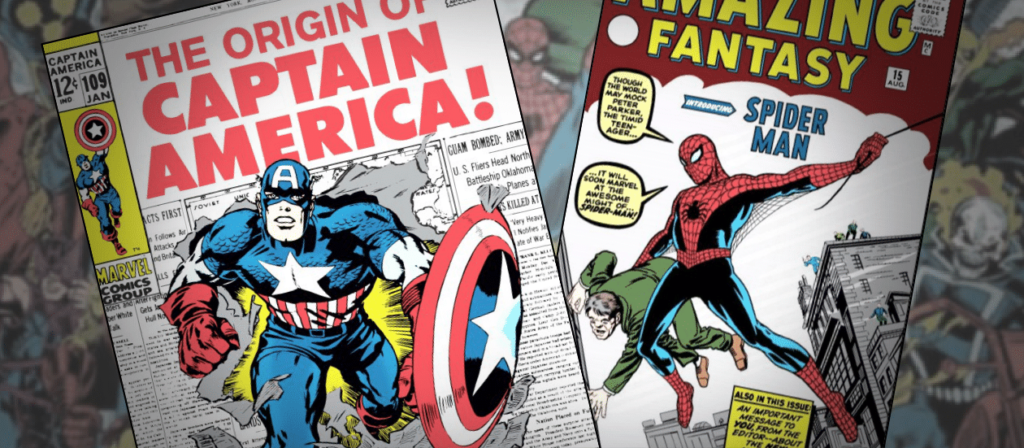
STAN THE MAN : HACK OR HERO?
For what it’s worth, I’d like to offer some humble counterbalance to the upcoming feature documentary. And let’s get one thing straight: I have a great fondness for Stan Lee, both as an artist and a public speaker. Unlike some I don’t consider him a credit hogging hack writer, nor do I view him as some sort of divine comic maestro. The truth regarding Stan the Man lies somewhere in the middle. It is that truth, the complicated multi-faceted truth, that is far more fascinating than anything Disney+ could come up with.
One of the key controversies in Stan Lee’s long career has its roots in his entry into the comic book field. Lee met legendary comic creators Joe Simon & Jack Kirby at an early age, as they were working on Captain America and other features. When Lee entered the burgeoning industry in 1939, Simon & Kirby were already an established creative force to be reckoned with. They were soon banished from the Marvel (then Timely Comics) offices, after it was discovered Simon & Kirby were secretly moonlighting for DC Comics on the side. There are strong indications it was Stan Lee who ratted them out to his uncle, company owner Martin Goodman.
Whether it was a powerplay or whether Stan was simply driven by loyalty to the company has never really become clear. You can’t argue with the results, however. Stan Lee was asked to temporarily fill their positions and simply never left. It was one of several severe confrontations he would have with Jack Kirby over the next couple of decades. After a stint in the army in World War II, Lee would write and edit every conceivable comic genre. When the superhero trend died out on the late 40s, comics diversified into science fiction, horror, westerns and even romance titles. Despite the variety of titles, Stan Lee grew weary of the work, considering it repetitive and unrewarding.
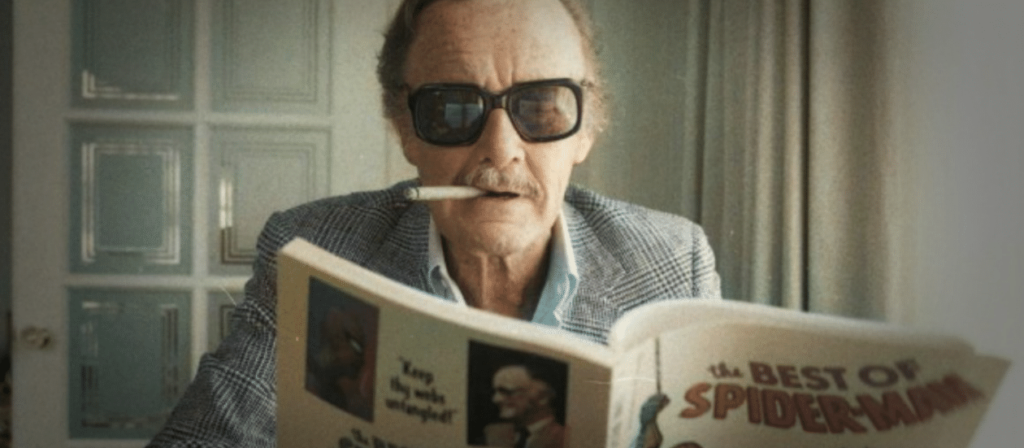
MISCHIEF AT MARVEL COMICS
When costumed vigilantes resurfaced in the late 50s and early 60s, Stan Lee revolutionized the genre with the introduction of The Fantastic Four. Inspired by the popularity of DC Comics’ upbeat superhero teams, he came up with a crew of bickering characters whose powers reflected their inner demons. Reed Richards stretched himself too thin, the Human Torch was a hot headed youth, etc. Aspects that would lend themselves to quality storytelling, rather than repetitive formulaic yarns. X-Men followed soon after, as did The Hulk, Thor and Iron-Man. All thanks to Stan Lee’s vivid imagination.
Or was it? Again, Jack Kirby disputes the extend of Lee’s involvement. As did many subsequent artists, most notably Steve Ditko. It was Ditko who collaborated with Stan Lee on the creation of what is arguably Marvel’s greatest character: Spider-Man. The two artists would work on The Amazing Spider-Man from 1963 to 1966. And by the end of their run, Lee and Ditko were not on speaking terms. Part of the problem was the introduction of was it now known as ‘The Marvel Method’.
The Marvel Method is a unique approach to comic book plotting. The concept was that a comic book writer, rather than delivering a fully finished script, would provide the illustrator with a story outline. After discussing the story together, the artist would have free hand to shape the story visually. Once finished, the writer would add the captions and dialogue. The creative team would thereby, theoretically, be achieving a dynamic story with an emphasis on visuals rather than words.
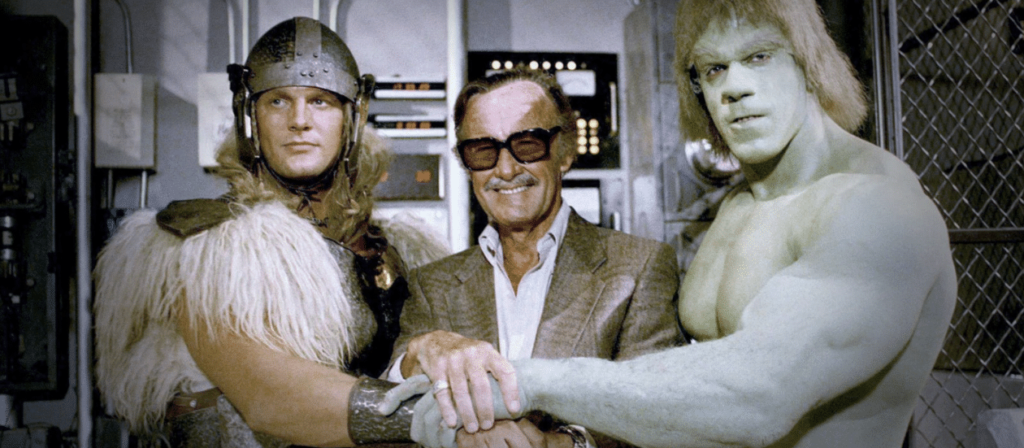
THE MARVEL METHOD OF MARKETING
Stan Lee used to boast that the Marvel Method was Marvel Comics’ way of putting the artist first. A fine soundbite, but the reality was far more sober. Lee simply didn’t have the time to write the multitude of Marvel stories from start to finish. Having his artists do much of the work bought him a significant amount of time. The downside was that artists understandably felt Stan Lee was now overshadowing their contribution. Hadn’t they shaped the plot as much as he did?
While Jack Kirby and Steve Ditko were slaving over The Fantastic Four and The Amazing Spider-Man, Stan Lee was taking all the credit. And they were fed up with it. Both Kirby and Ditko left Marvel after heated run-ins with Lee, though Kirby would reconcile and return briefly in the late 1970s. Nevertheless, to casual readers the name Stan Lee was synonymous with Marvel Comics. The association lasted, whether it was justified or not, until his death in 2018. And in Stan’s defence, he was great at what he did! To this day his assumed role of jolly Uncle Marvel is drawing people into the wondrous world of comics.
To me, Stan’s ego and public persona are the least of his faults. Lee was a showman of the finest kind. And his showmanship sold comics, which allowed artists old and new to do what they do best. That’s worthy of celebration. But when you sit down to watch Stan Lee next week, please consider that there’s more to Stanley Lieber than Disney wants you to think. The true story of Stan Lee is so much richer than the marketing department would have you believe. Because, as it turns out, the man who created superheroes was only human. Thanks for the memories, Stan. Excelsior!

